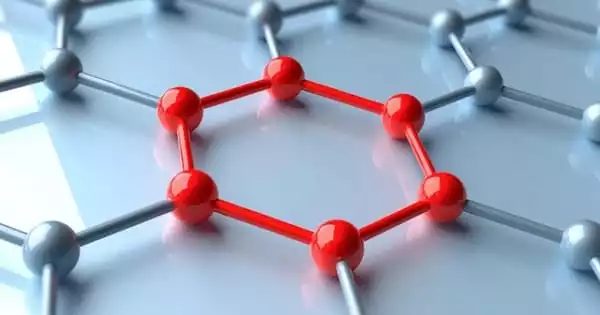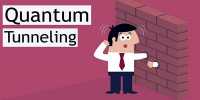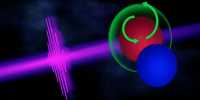A nanoantenna is a very small antenna that is not used to transport our embedded sound waves from one location to another. It is used to gain a better understanding of what is going on at the atomic level. A gold nanoantenna image was created by the Paul Alivisatos group at Lawrence Berkeley National Laboratory in collaboration with researchers from the University of Stuttgart in Germany.
A new quantum communication process that provides unprecedented security could eliminate the risk of sensitive information falling into the wrong hands. A nanoantenna was used by the researchers to focus light onto a single semiconductor nanobox. This method will increase the utility of quantum repeater technology, which is currently being developed for advanced communication and data storage. Such technology is critical for overcoming the limitations of traditional computer information for securely sharing data over long distances.
Information storage and transfer in the form of simple ones and zeros, as used in today’s classical computer technologies, is insufficient for quantum technologies in development. Researchers in Japan have now created a nanoantenna that will help bring quantum information networks closer to practical use.
The efficiency of converting single photons into single electrons in gallium arsenide quantum dots, which are commonly used in quantum communication research, is currently too low. As a result, we created a nanoantenna made of ultra-small concentric rings of gold to focus light onto a single quantum dot, resulting in a voltage readout from our device.
Rio Fukai
Nano-cavity antennas are used to improve the extraordinary transmission of TM-polarized light through vertical nano-slits in a metal film. The enhanced transmission of TE-polarized waves through an array of sub-wavelength slits in a thin metal film at low frequencies (including microwave) is also investigated.
Researchers from Osaka University and collaborators have significantly improved photon-to-electron conversion through a metal nanostructure in a study recently published in Applied Physics Express, which is an important step forward in the development of advanced data sharing and processing technologies.
Traditional computer information is based on simple on/off readouts. It is simple to use a technology known as a repeater to amplify and retransmit this information over long distances. Quantum information is based on readouts that are relatively more complex and secure, such as photon polarization and electron spin.

Researchers have proposed semiconductor nanoboxes known as quantum dots as materials for storing and transmitting quantum information. However, quantum repeater technologies have some limitations, such as the inefficiency of current methods of converting photon-based information to electron-based information. The researchers at Osaka University set out to solve the problem of information conversion and transfer.
“The efficiency of converting single photons into single electrons in gallium arsenide quantum dots, which are commonly used in quantum communication research, is currently too low,” says lead author Rio Fukai. “As a result, we created a nanoantenna made of ultra-small concentric rings of gold to focus light onto a single quantum dot, resulting in a voltage readout from our device.”
When compared to not using the nanoantenna, the researchers increased photon absorption by a factor of up to 9. When a single quantum dot was illuminated, the majority of the photo-generated electrons were not trapped there, but instead accumulated in impurities or other locations in the device. Nonetheless, the excess electrons produced a minimal voltage readout that could be distinguished from that produced by the quantum dot electrons, and thus did not interfere with the device’s intended readout.
According to senior author Akira Oiwa, “theoretical simulations show that we can improve photon absorption by up to a factor of 25.” “Improving the alignment of the light source and fabricating the nanoantenna more precisely are ongoing research directions in our group.”
These findings have far-reaching implications. Researchers now have a way to advance the prospects of upcoming quantum communication and information networks by utilizing well-established nano-photonics. Quantum technology, by utilizing abstract physics properties such as entanglement and superposition, could provide unprecedented information security and data processing in the coming decades.















